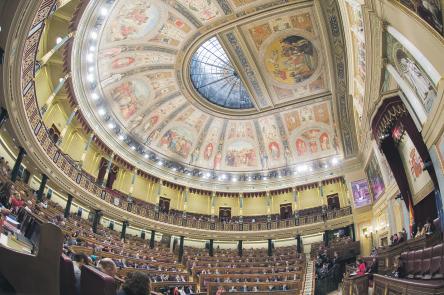
1 minute read
What’s it all about?
Linda Hall
SPAIN goes to the polls on July 23, five months earlier than expected.
Pedro Sanchez, president of the Spanish government, decided to cut his losses by announcing a snap poll after the PSOE’s disastrous results in the May 28 municipal and regional elections.
As well as Sanchez’s face, the posters and billboards on Spain’s streets and squares also show Alberto Nuñez Feijoo (PP), Santiago Abascal (Vox) and Yolanda Diaz (Sumar). The PP is conservative and Vox is further to its right. The PSOE are socialists while Sumar, a 17party coalition, is further to its left.
Neither the PP nor the PSOE is likely to obtain an overall majority of at least 176 MPs, so Feijoo must turn to Vox, whose parliamentary seats would allow him to form a government.
The PSOE and Sumar will form a similar alliance.
Although there are other parties, mainly nationalist, the next government will inevitably be a PPVox or PSOESumar tandem.
The PP promises a tax reform, will eradicate sexist violence and improve the education system. It is determined to eliminate Sanchismo, Feijoo’s term for Sanchez’s policies, laws and actions which the PP considers “erroneous and anticonstitutional.”









